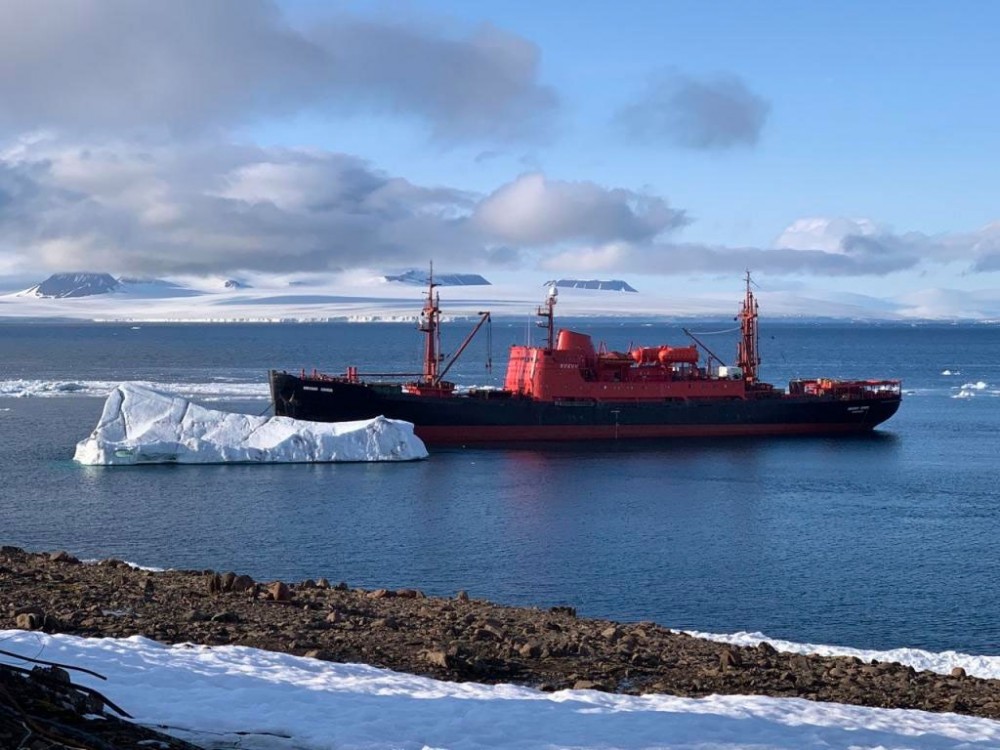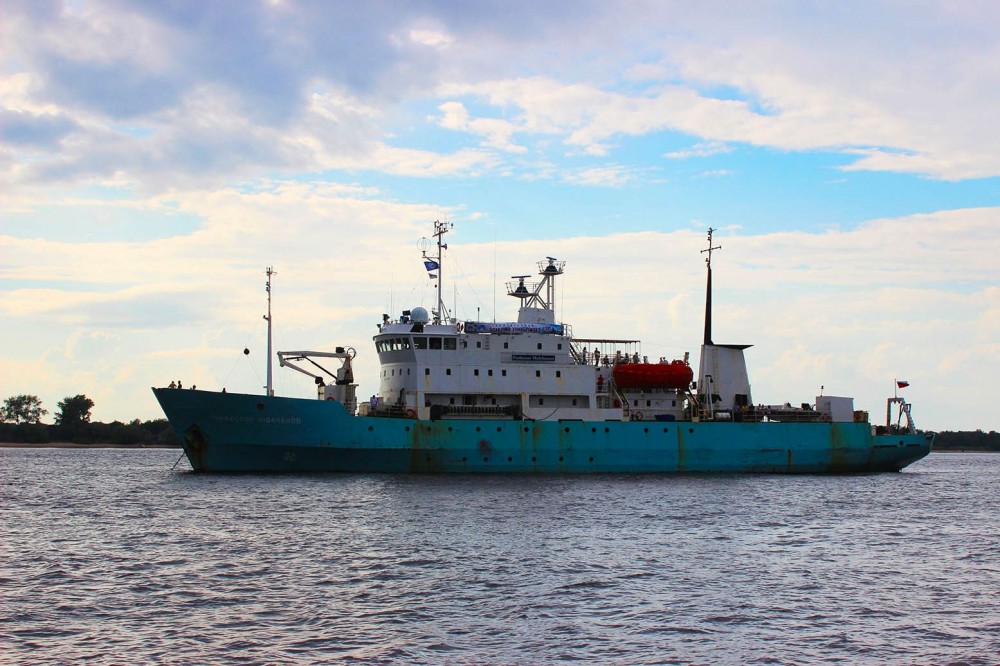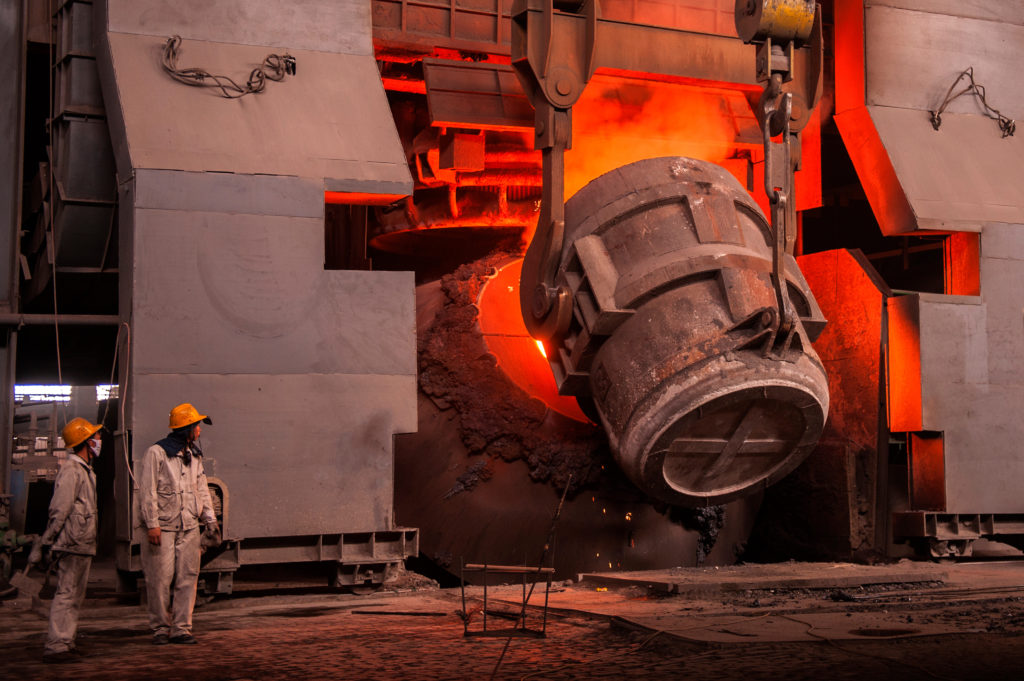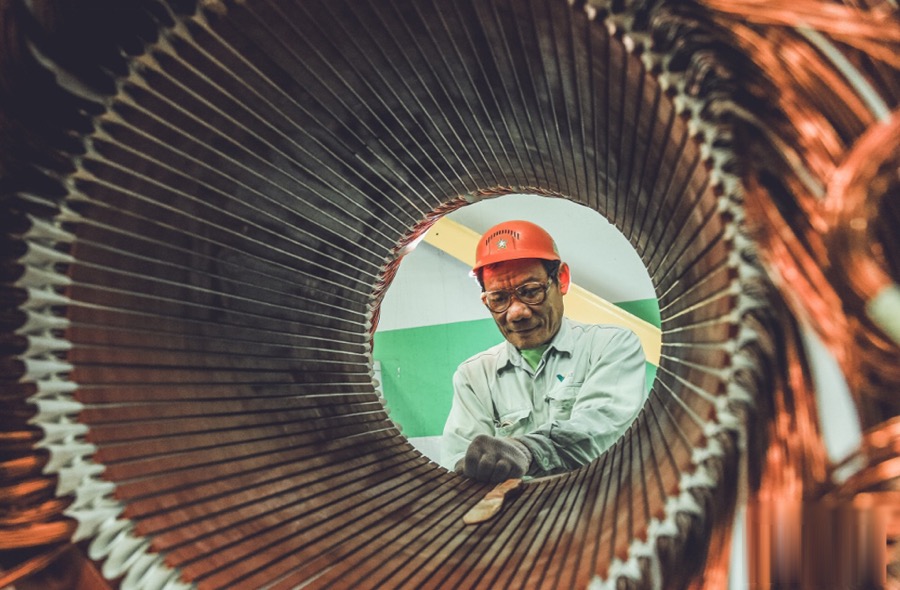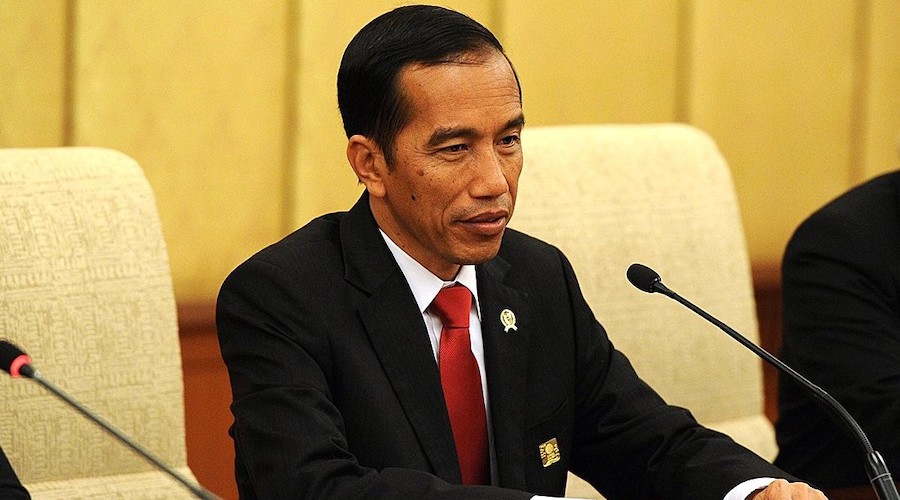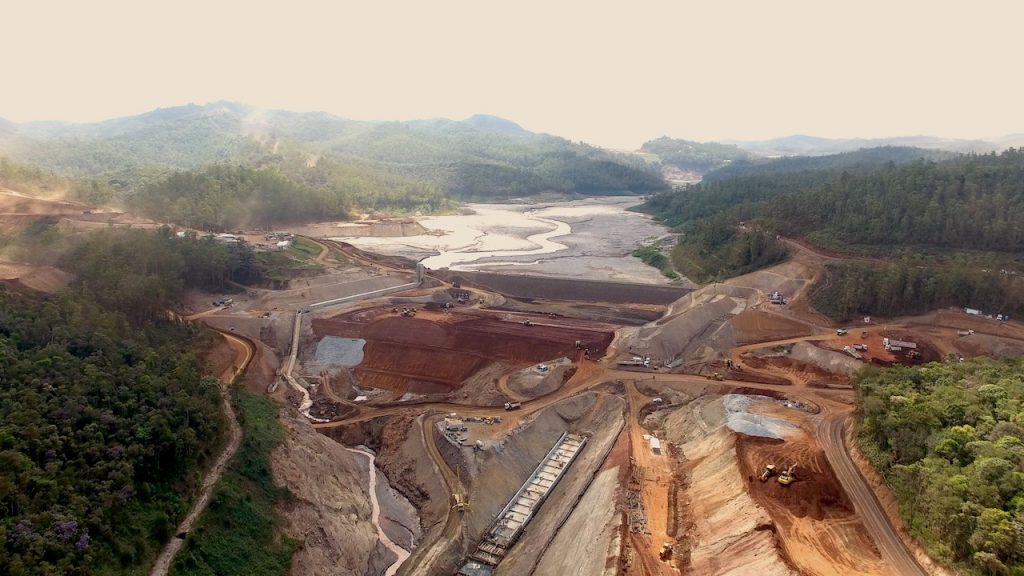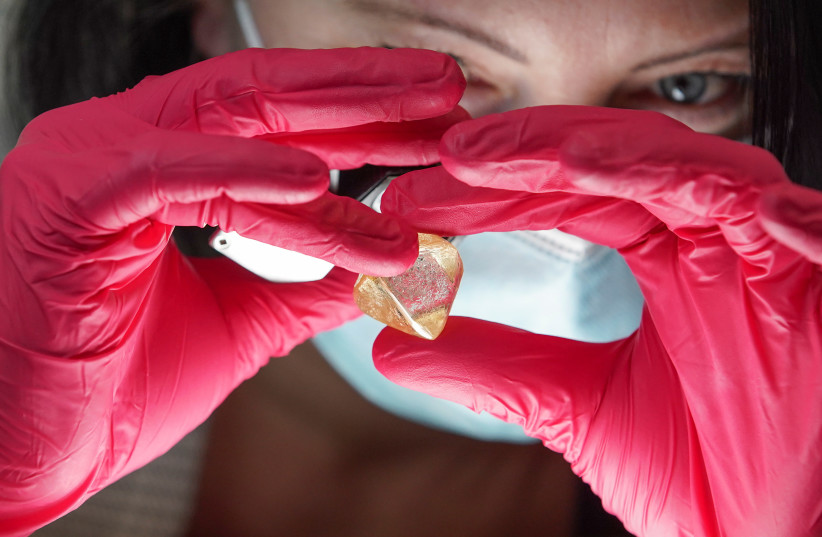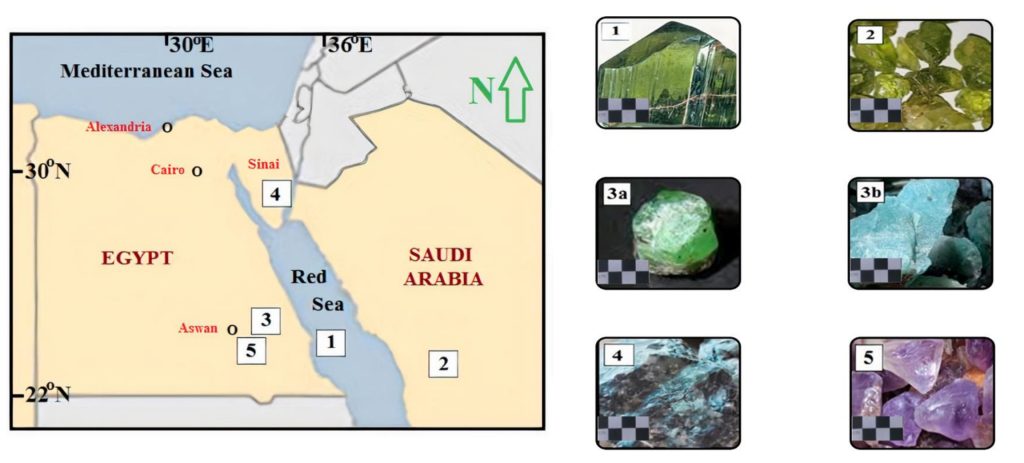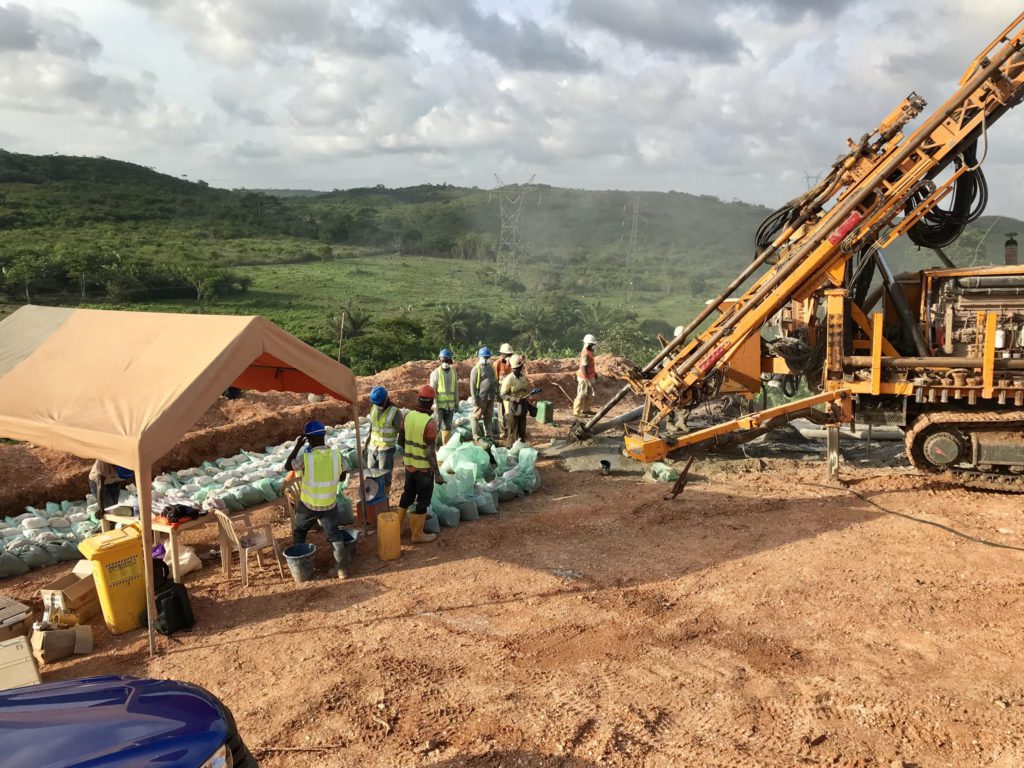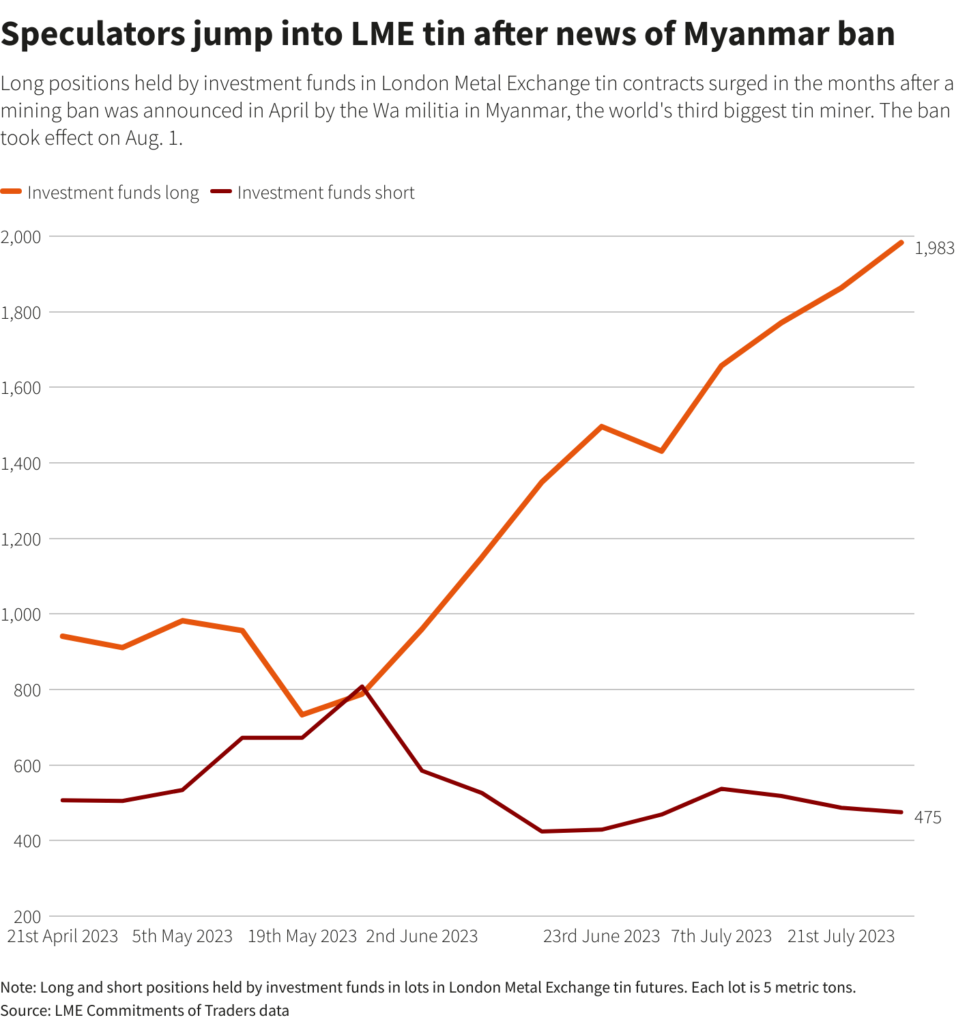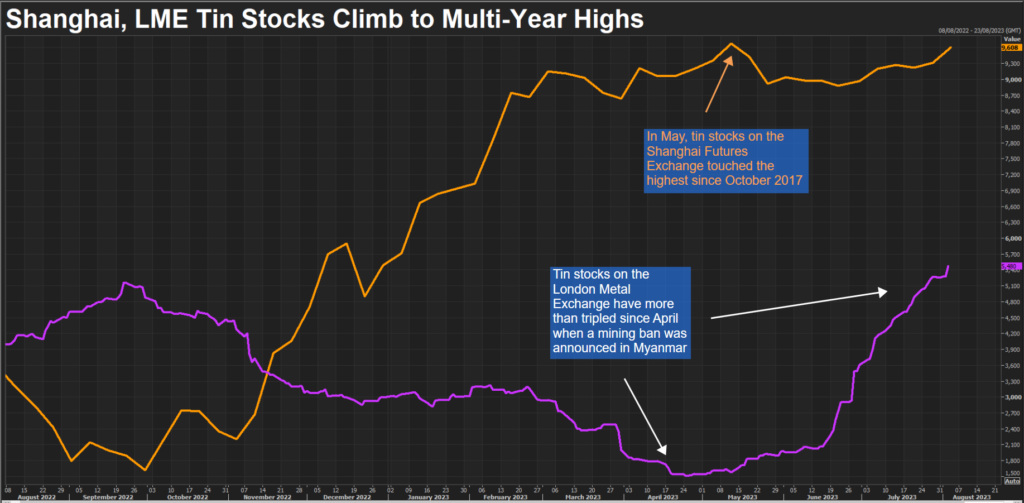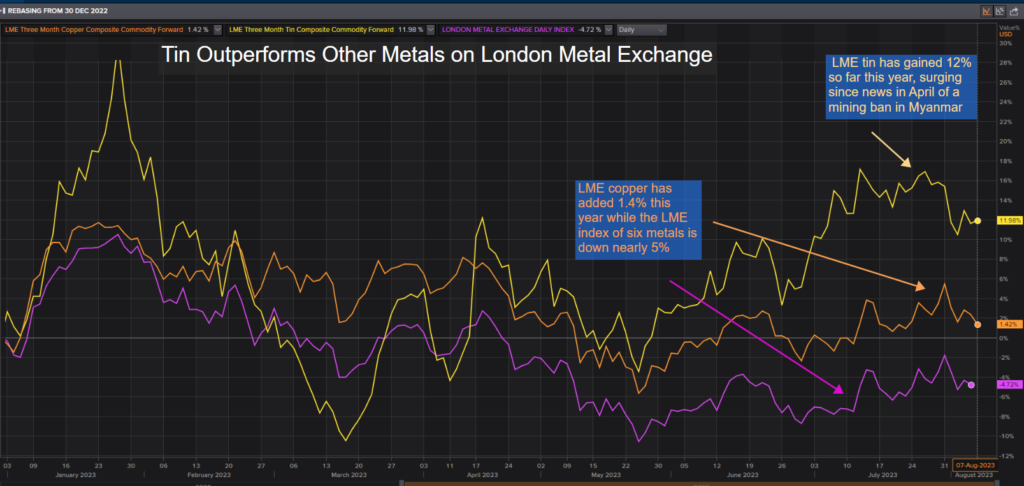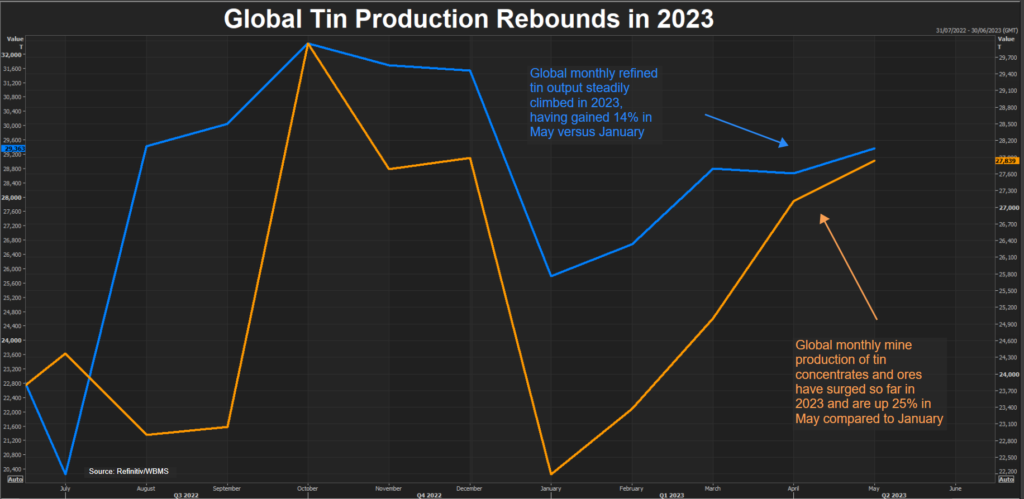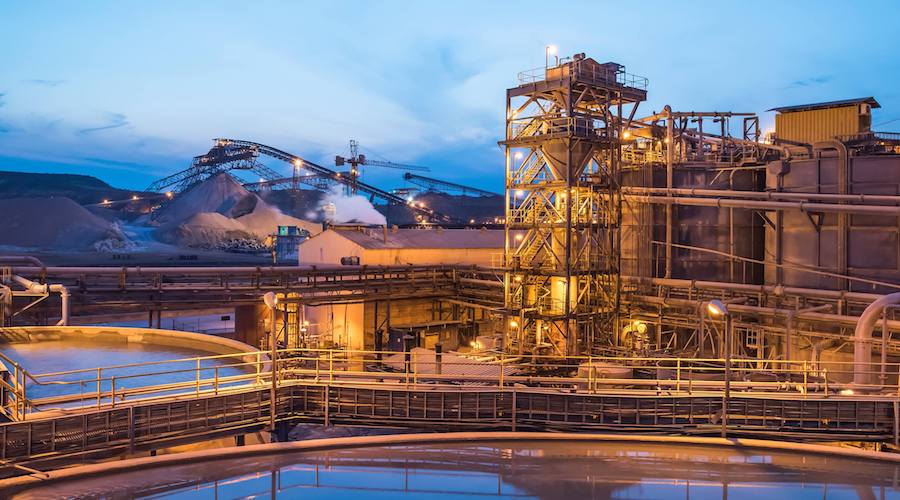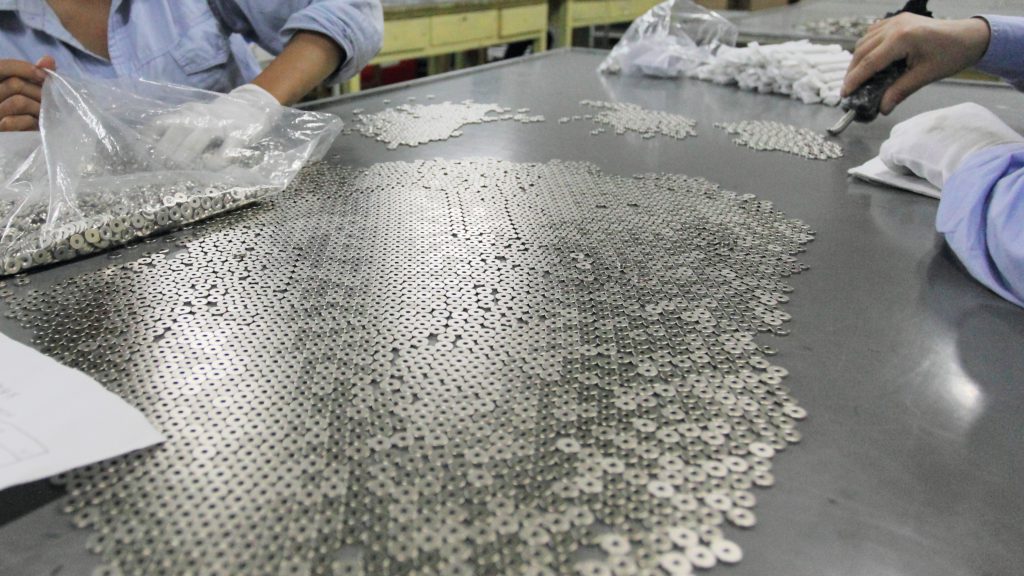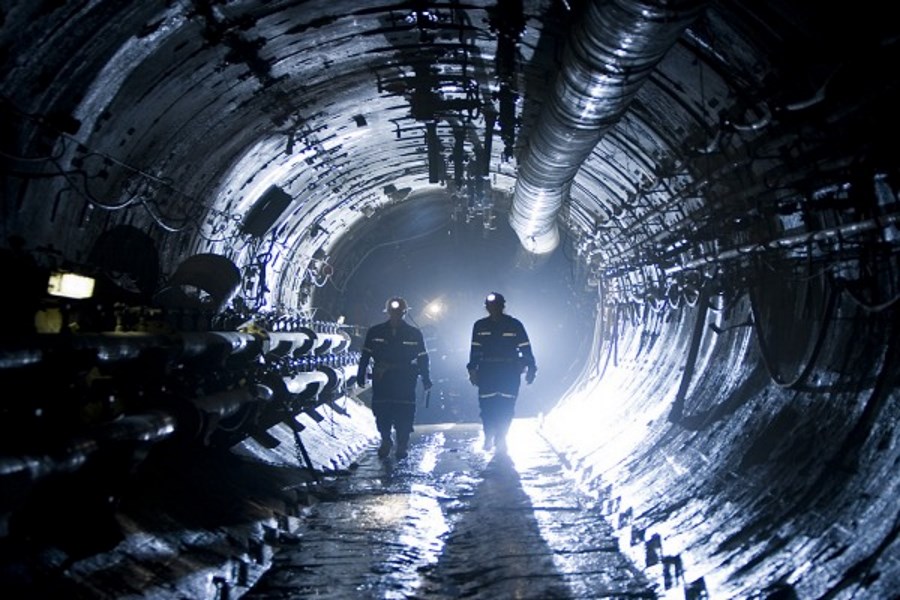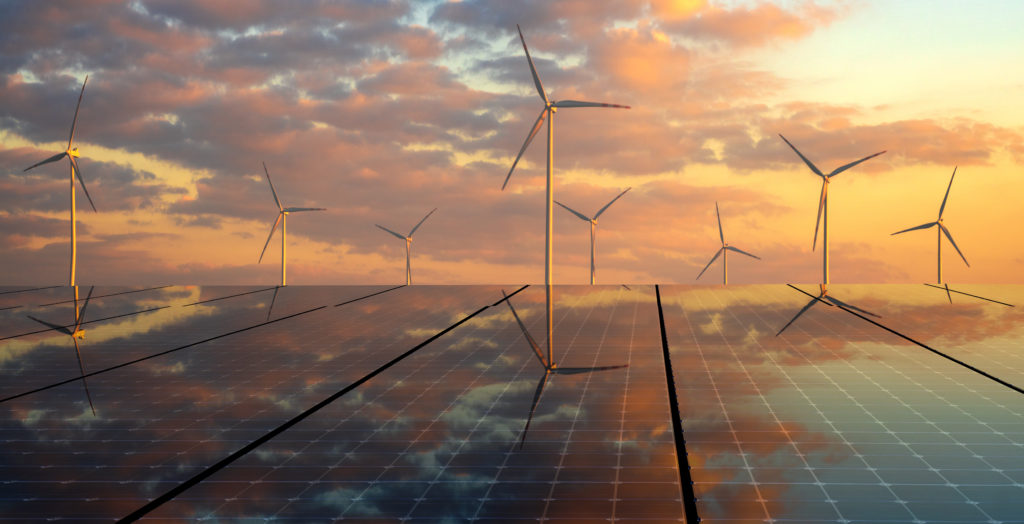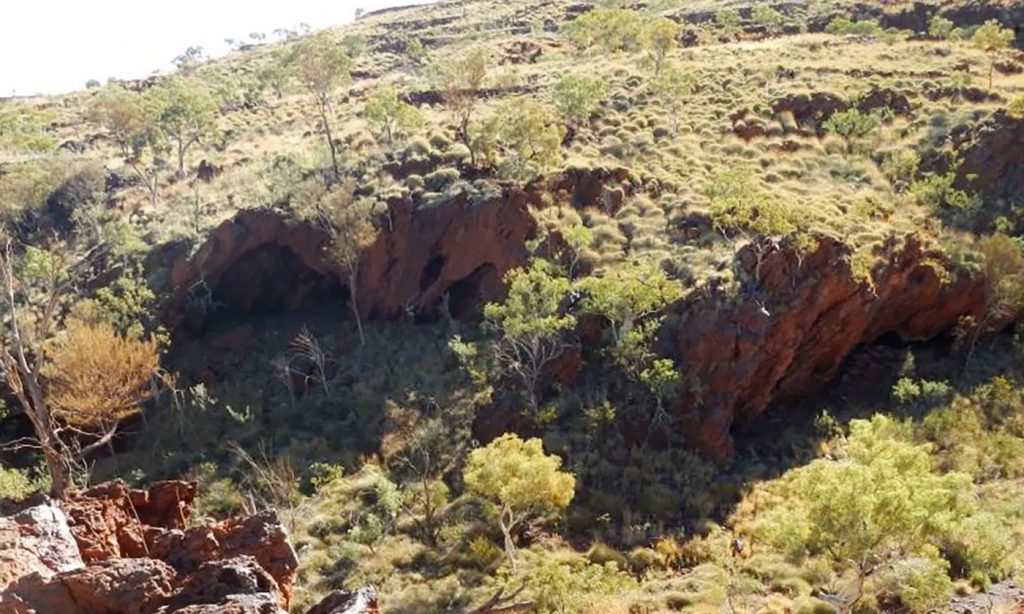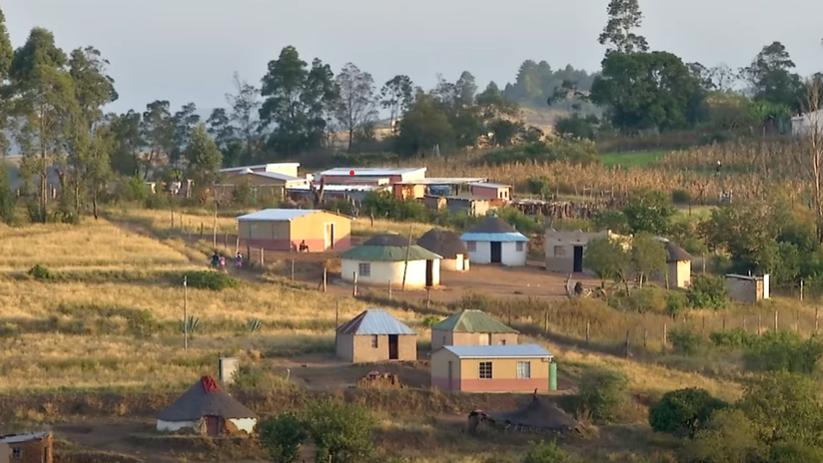Northern Fleet with missiles warnings north and south of Bear Island
Russia’s missiles’ impact areas are in the strategically important Bear Gap, the waters between mainland Norway and Svalbard where the shallow Barents Sea meets the deeper Norwegian Sea.
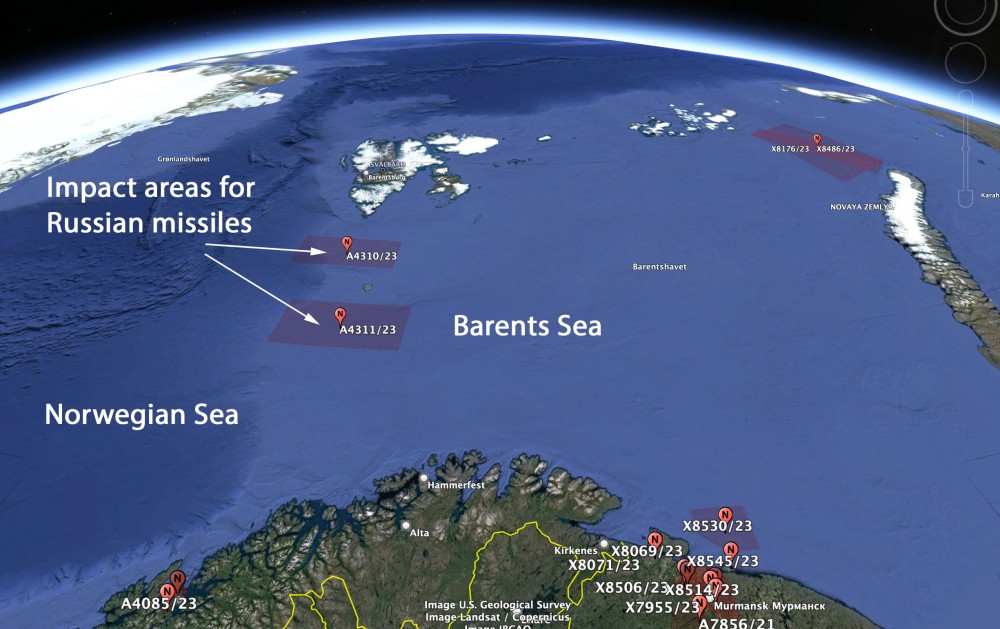
Control over these waters is important in a conflict scenario. A Russian submarine is more difficult to detect in the deeper Norwegian Sea (darker blue colors).
Map: Google Earth / NotamMap / Barents Observer
By Thomas Nilsen
By Thomas Nilsen
Barents Observer
August 07, 2023
Russia’s Northern Fleet notes the impact of missiles will happen sometime from August 11 to 15, from 5 in the morning to 18 in the evening.
There is no publicly available information about what kind of missiles or how many. Neither the press service of the fleet in Severomorsk nor Russia’s defense ministry in Moscow have detailed any pre-announced exercises involving the western Barents Sea.
The Notice to Airmen (NOTAM) differs from previous Russian navy warnings in the so-called Bear Gap as they now stretch much further west into the Norwegian Sea. All previous NOTAMs near the Bear Gap in the period after Russia’s all-out war on Ukraine in February 2022 have been northeast or east of Bear Island.
Russia’s Port Administration for Northwest and the Arctic, located in Murmansk, has published similar warnings to seafarers indicating there will be rocket firing in the area. If so, the Northern Fleet will most likely send warships to the two zones that are in international waters, but part of the Norwegian Exclusive Economic Zone (EEZ). These are also important fishing grounds for Norwegian, Russian, and EU trawlers. When warnings of missile impact - and rocket shootings - are issued, most fishermen chose to stay away.
The Bear Gap is a military term for the strategically important waters between North Cape, Bear Island, and further north to Spitsbergen Island. This is where the Barents Sea meets the deeper Norwegian Sea and by that access to the North Atlantic.
In a conflict scenario, keeping control of the Bear Gap would be important for the Russian Northern Fleet to protect its strategic missile submarines in the eastern Barents Sea from NATO forces.
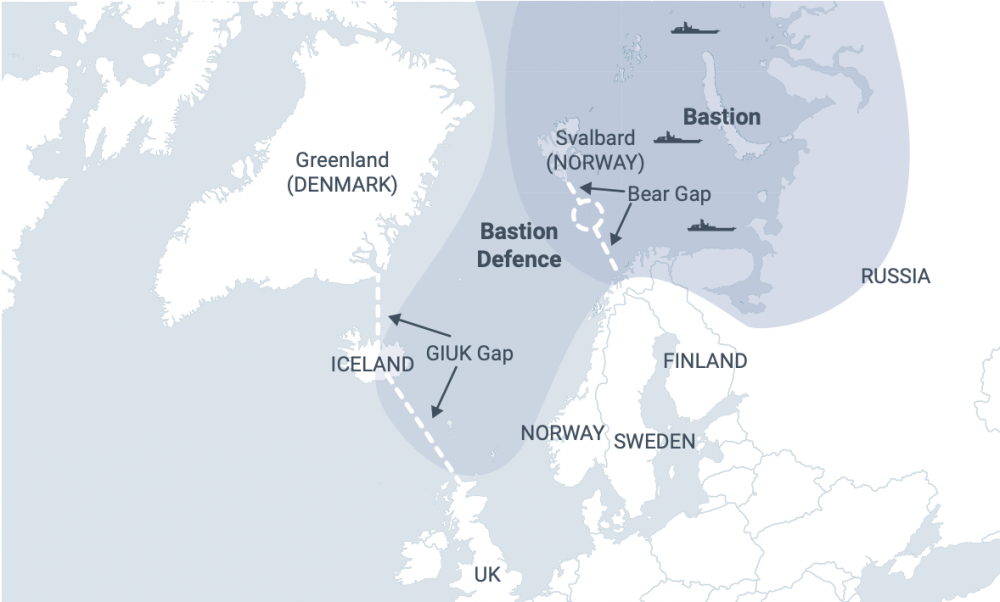
August 07, 2023
Russia’s Northern Fleet notes the impact of missiles will happen sometime from August 11 to 15, from 5 in the morning to 18 in the evening.
There is no publicly available information about what kind of missiles or how many. Neither the press service of the fleet in Severomorsk nor Russia’s defense ministry in Moscow have detailed any pre-announced exercises involving the western Barents Sea.
The Notice to Airmen (NOTAM) differs from previous Russian navy warnings in the so-called Bear Gap as they now stretch much further west into the Norwegian Sea. All previous NOTAMs near the Bear Gap in the period after Russia’s all-out war on Ukraine in February 2022 have been northeast or east of Bear Island.
Russia’s Port Administration for Northwest and the Arctic, located in Murmansk, has published similar warnings to seafarers indicating there will be rocket firing in the area. If so, the Northern Fleet will most likely send warships to the two zones that are in international waters, but part of the Norwegian Exclusive Economic Zone (EEZ). These are also important fishing grounds for Norwegian, Russian, and EU trawlers. When warnings of missile impact - and rocket shootings - are issued, most fishermen chose to stay away.
The Bear Gap is a military term for the strategically important waters between North Cape, Bear Island, and further north to Spitsbergen Island. This is where the Barents Sea meets the deeper Norwegian Sea and by that access to the North Atlantic.
In a conflict scenario, keeping control of the Bear Gap would be important for the Russian Northern Fleet to protect its strategic missile submarines in the eastern Barents Sea from NATO forces.

Russian Bastion Defence in relation to Norway and the Bear and GIUK Gaps. Source: Mikkola / RAND Europe report
Russian missiles jeopardize Norwegian Arctic SAR response
The NOTAM warnings place strong restrictions on possible search- and rescue (SAR) operations, says Lars Fause, Governor of Svalbard. Russia closes off huge areas north and south of Bear Island from Friday to Tuesday.
The NOTAM warnings place strong restrictions on possible search- and rescue (SAR) operations, says Lars Fause, Governor of Svalbard. Russia closes off huge areas north and south of Bear Island from Friday to Tuesday.
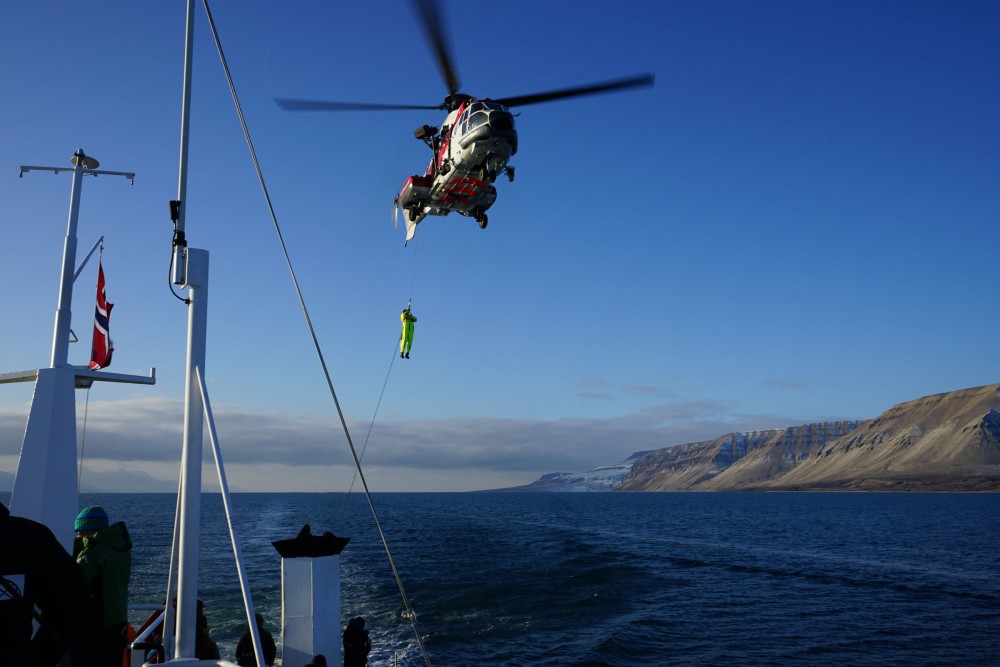
The Governor of Svalbard operates two Super Puma AWSAR helicopters, key to Norway's Search- and Rescue (SAR) capabilities in the Arctic.
Photo: Thomas Nilsen
By Thomas Nilsen
Barents Observer
August 08, 2023
Bear Island is crucial for helicopter operations in the western Barents Sea as it holds a fuel deposit extending the range of achievable operations.
Located halfway between mainland Norway and Longyearbyen airport, Bear Island is also the point of no return for the smaller ambulance propellers flying northbound missions to Svalbard. It is here the pilot has to decide if the weather at Longyearbyen is good enough to land or if the flight must return to Tromsø or Hammerfest for fuel reasons.
The Barents Observer yesterday reported that Russia has announced closure of huge airspace and waters both south and north of Bear Island, forcing pilots and ship captains to make a long detour either east or west of the strategically located Arctic Island.
The Northern Fleet will sail out in the Barents Sea and has warned international aviation about missile impacts planned for the areas. Port authorities in Murmansk, responsible for Russia’s western Arctic regions, simultaneously warn about rocket shooting in the area.
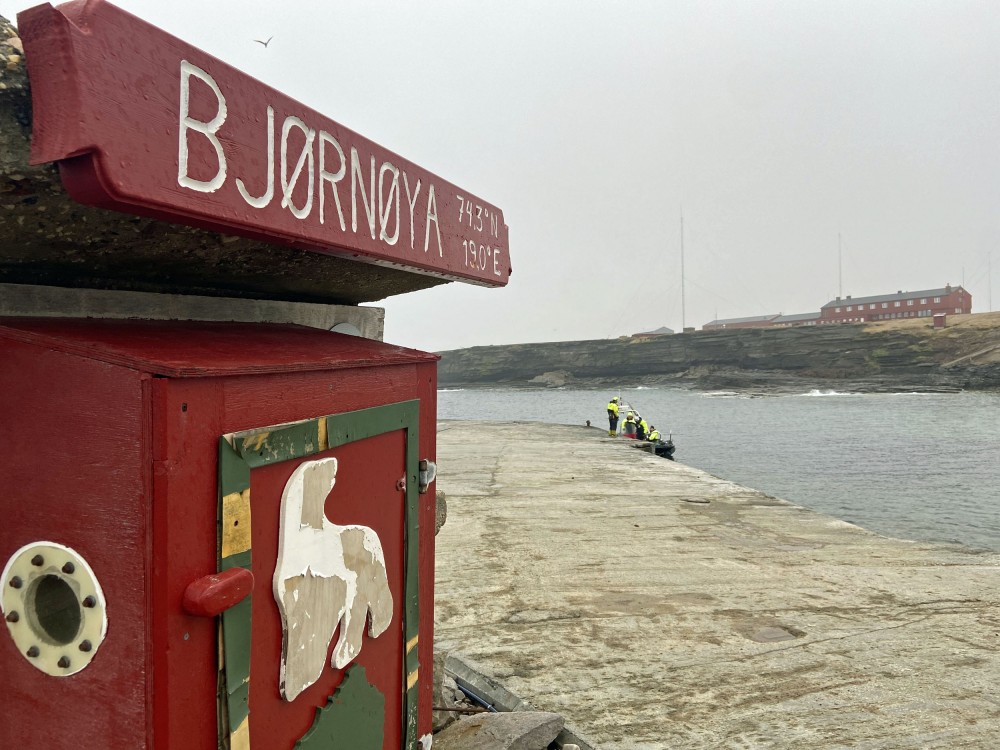
Governor concerned
The rescue service in Svalbard is part of the Norwegian rescue service.
“Our captains of the two rescue helicopters routinely, and in advance of missions, review NOTAM messages relevant for areas of operation,” says Governor of Svalbard, Lars Fause, to the Barents Observer.
He says the Russian warning to air traffic in the given area and time window “must be taken with the utmost seriousness.”
“It clearly places strong limitations also on possible SAR missions,” Fause makes clear.
Eminent Svalbardposten was first to report on the Governor’s worries.
Lars Fause assures his office will clarify potential impacts during the day.
“One thing is commercial airliners scheduled- and charter flights to and from Svalbard. Of equal importance is if the missile will limit our possibilities to the requisition of ambulance planes to the island,” he says to the Barents Observer.
Russia’s warning concerns airspace up to 10,000 meters (32,800 ft). While commercial airliners normally fly higher, ambulance propellers and helicopters are far below such limit.
For commercial airline captains, an important consideration to take is Russian missiles’ unreliable flight patterns, likely redirecting them to avoid flying over areas although the missile limit is set to 10,000 meters. Following the Russian-caused downing of Malaysia Airlines flight MH17 over Ukraine’s airspace in 2014, insurance companies in dialogue with airlines agree to stay in safe distance.
Longer flying time
Spokesperson Anja Kristin Bakken with Norway’s Joint Rescue Coordination Centres confirms that the consequence for rescue operations using helicopter from the mainland or Svalbard is a detour to be taken to Bear Island if they need extra fuel.
“In the extreme, this can lead to longer time spent, which may have consequences for patients in need of evacuation from a vessel (MEDEVAC),” Bakken says to the Barents Observer.
Norwegian SAR helicopters are frequently picking up patients with injuries or illnesses that need to be treated as quickly as possible in hospital. The Norwegians assist all vessels, including Russia’s large fleet of trawlers fishing in Svalbard waters and the Barents Sea.
Anja Kristin Bakken underlines that although longer flying time, Bear Island is still within reach. “It just takes longer time,” she adds.
A helicopter can potentially refuel from a Norwegian Coast Guard vessel, but it is unclear whether any currently are sailing in the waters between Svalbard and Bear Island.
According to MarineTraffic.com, more than 10 expedition cruise ships are at Svalbard or en route to or from the archipelago this week.

Safety is Russia’s responsibility
Norway’s military Joint Headquarters keep an eye on developments.
“The Defence together with our allies follows the situation near our areas closely, and we have a good situation awareness on activities going on provided by our daily operations,” says Corporal Jonny Karlsen, spokesperson with the Joint Headquarters.
“A Russian NOTAM warning in this area is not abnormal, nor does it mean that the area is completely closed off to traffic at all times,” Karlsen says.
The missile launching hours set by the Northern Fleet for the period August 11 to 15 are active every day from 7 am to 8 pm CET.
Corporal Karlsen says it is for Russia to take responsibility for awareness that no one inside the area is in danger.
“For the Norwegian Armed Forces, this will not have any practical significance, but civil aviation will probably still have to fly around such a danger area,” Karlsen adds.
The Ministry of Foreign Affairs in Oslo has not replied to Barents Observer’s questions about the case.
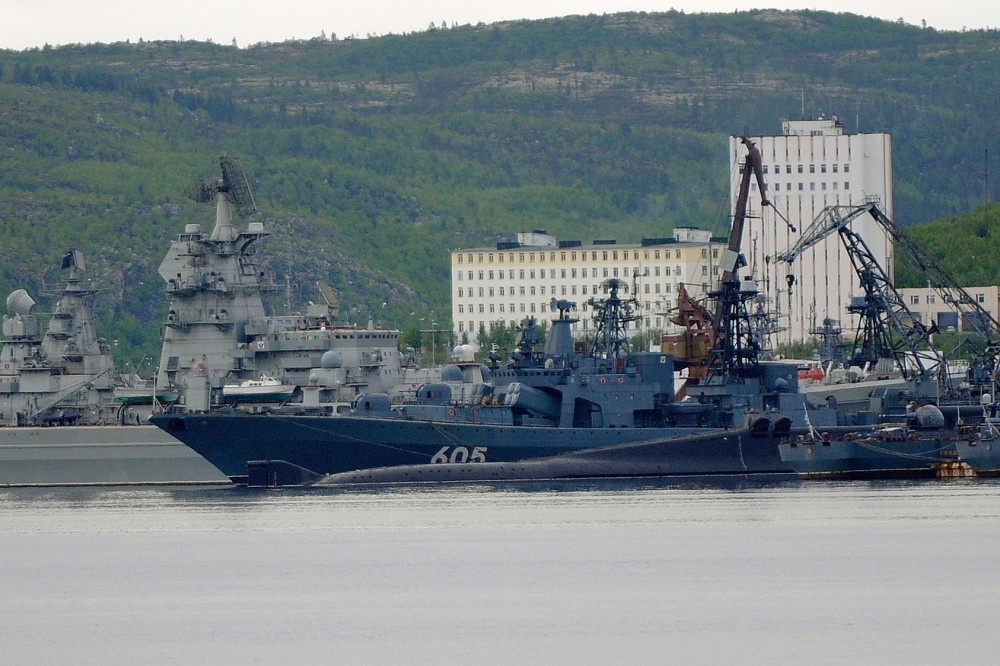
By Thomas Nilsen
Barents Observer
August 08, 2023
Bear Island is crucial for helicopter operations in the western Barents Sea as it holds a fuel deposit extending the range of achievable operations.
Located halfway between mainland Norway and Longyearbyen airport, Bear Island is also the point of no return for the smaller ambulance propellers flying northbound missions to Svalbard. It is here the pilot has to decide if the weather at Longyearbyen is good enough to land or if the flight must return to Tromsø or Hammerfest for fuel reasons.
The Barents Observer yesterday reported that Russia has announced closure of huge airspace and waters both south and north of Bear Island, forcing pilots and ship captains to make a long detour either east or west of the strategically located Arctic Island.
The Northern Fleet will sail out in the Barents Sea and has warned international aviation about missile impacts planned for the areas. Port authorities in Murmansk, responsible for Russia’s western Arctic regions, simultaneously warn about rocket shooting in the area.

Bjørnøya (Bear Island) is the southernmost island of the Svalbard archipelago, located halfway between mainland Norway and Spitsbergen. The weather station at the island is key to forecasting the Barents Sea.
Photo: Thomas Nilsen
Governor concerned
The rescue service in Svalbard is part of the Norwegian rescue service.
“Our captains of the two rescue helicopters routinely, and in advance of missions, review NOTAM messages relevant for areas of operation,” says Governor of Svalbard, Lars Fause, to the Barents Observer.
He says the Russian warning to air traffic in the given area and time window “must be taken with the utmost seriousness.”
“It clearly places strong limitations also on possible SAR missions,” Fause makes clear.
Eminent Svalbardposten was first to report on the Governor’s worries.
Lars Fause assures his office will clarify potential impacts during the day.
“One thing is commercial airliners scheduled- and charter flights to and from Svalbard. Of equal importance is if the missile will limit our possibilities to the requisition of ambulance planes to the island,” he says to the Barents Observer.
Russia’s warning concerns airspace up to 10,000 meters (32,800 ft). While commercial airliners normally fly higher, ambulance propellers and helicopters are far below such limit.
For commercial airline captains, an important consideration to take is Russian missiles’ unreliable flight patterns, likely redirecting them to avoid flying over areas although the missile limit is set to 10,000 meters. Following the Russian-caused downing of Malaysia Airlines flight MH17 over Ukraine’s airspace in 2014, insurance companies in dialogue with airlines agree to stay in safe distance.
Longer flying time
Spokesperson Anja Kristin Bakken with Norway’s Joint Rescue Coordination Centres confirms that the consequence for rescue operations using helicopter from the mainland or Svalbard is a detour to be taken to Bear Island if they need extra fuel.
“In the extreme, this can lead to longer time spent, which may have consequences for patients in need of evacuation from a vessel (MEDEVAC),” Bakken says to the Barents Observer.
Norwegian SAR helicopters are frequently picking up patients with injuries or illnesses that need to be treated as quickly as possible in hospital. The Norwegians assist all vessels, including Russia’s large fleet of trawlers fishing in Svalbard waters and the Barents Sea.
Anja Kristin Bakken underlines that although longer flying time, Bear Island is still within reach. “It just takes longer time,” she adds.
A helicopter can potentially refuel from a Norwegian Coast Guard vessel, but it is unclear whether any currently are sailing in the waters between Svalbard and Bear Island.
According to MarineTraffic.com, more than 10 expedition cruise ships are at Svalbard or en route to or from the archipelago this week.

Charter plane approaching Longyearbyen.
Photo: Thomas Nilsen
Safety is Russia’s responsibility
Norway’s military Joint Headquarters keep an eye on developments.
“The Defence together with our allies follows the situation near our areas closely, and we have a good situation awareness on activities going on provided by our daily operations,” says Corporal Jonny Karlsen, spokesperson with the Joint Headquarters.
“A Russian NOTAM warning in this area is not abnormal, nor does it mean that the area is completely closed off to traffic at all times,” Karlsen says.
The missile launching hours set by the Northern Fleet for the period August 11 to 15 are active every day from 7 am to 8 pm CET.
Corporal Karlsen says it is for Russia to take responsibility for awareness that no one inside the area is in danger.
“For the Norwegian Armed Forces, this will not have any practical significance, but civil aviation will probably still have to fly around such a danger area,” Karlsen adds.
The Ministry of Foreign Affairs in Oslo has not replied to Barents Observer’s questions about the case.

The powerful Northern Fleet has Severomorsk north of Murmansk as the main base for its larger warships.
Photo: Thomas Nilsen
